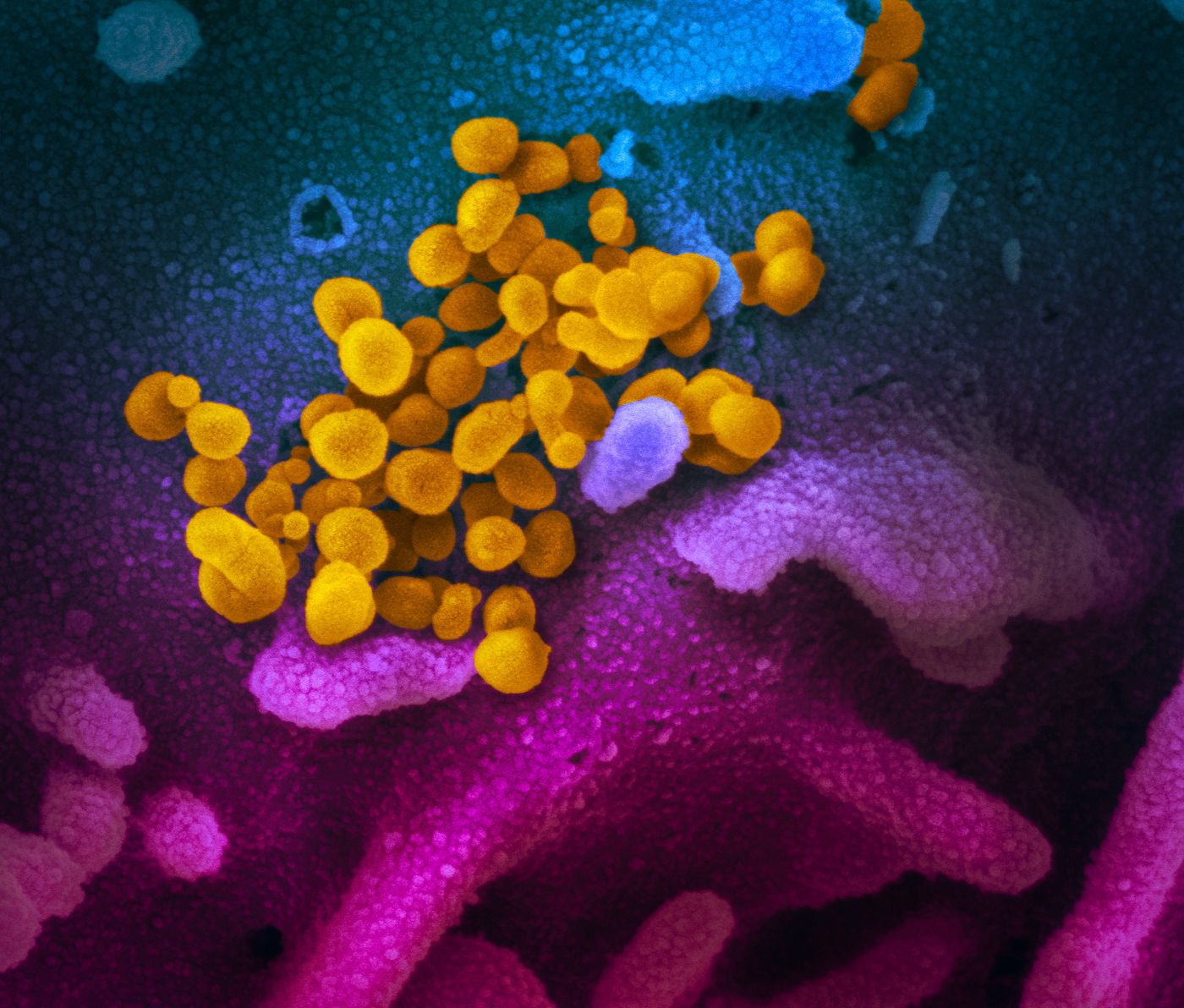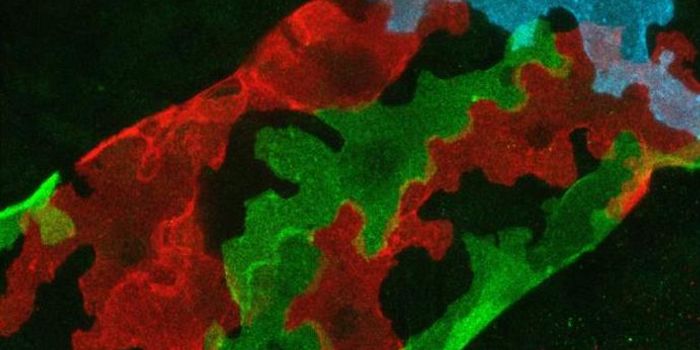How Coronavirus Spread in the US and Europe
Researchers are beginning to examine how the world's response to the pandemic virus SARS-CoV-2 went wrong, and right. One report published in Science has used evolutionary genetic studies of coronavirus samples, computational tools, and travel records to show how the virus spread around the world. It seems that while some initial responses worked, governments and health agencies ultimately missed the window when testing and tracing on a wide scale would have mitigated the disaster, which has now caused almost one million deaths worldwide. This work can help us prevent future outbreaks of zoonotic diseases if we learn from our errors.
Some conclusions from the study:
- The earliest COVID-19 cases in the US and Europe did not lead to outbreaks that happened a few weeks later.
- Outbreaks of COVID-19 began in the US after visa holders and US citizens came to the US from China in February; the travel ban only applied to Chinese nationals and the first case cannot be known.
- Early containment efforts worked when individuals were compliant with testing, isolation, contact tracing, and adherence to preventive measures.
"Our aspiration was to develop and apply powerful new technology to conduct a definitive analysis of how the pandemic unfolded in space and time, across the globe," explained study leader Michael Worobey, Ph.D., of the University of Arizona.
Right after the virus was identified, scientists began to sequence its genome and share their data publicly, so a worldwide effort quickly grew. Now there are tens of thousands of SARS-CoV-2 sequences available, which can be mapped geographically so the movement of strains can be viewed.
The research has shown that the continental outbreaks that are happening now did not come from the first infected people that were returning from Europe and China. The initial incursions of the virus were contained by testing and tracing, showing that this strategy usually works, and governments and agencies should look to them as examples.
A Chinese national few into Seattle and On January 15, and became the first person in the United States with COVID-19. The virus obtained from this patient was the first to be sequenced. Six weeks later several other cases appeared in Washington State. The Washington cases still seem to be the earliest in the US.
"And while all that time goes past, everyone is in the dark and wondering, 'What's happening?'" Worobey said. "We hope we're OK, we hope there are no other cases, and then it becomes clear, from a remarkable community viral sampling program in Seattle, that there are more cases in Washington and they are genetically very similar to WA1's virus."
This work demonstrated that this patient did not establish an outbreak. Instead, the virus that started one seems to have been introduced around February 1. Tens of thousands of US citizens and visa holders had continued to travel back from China (even though a ban on travelers from China started in early February), so the initial case that started the US outbreak can't be known for sure.
The virus in Europe behaved in a similar way, with an initial case starting a small number of local cases; a business traveler flew from Shanghai to Bavaria Germany, leading to the infection of 16 people. Extremely rapid testing and tracing stamped out further transmission.
A little later in February, the virus was brought from China to Italy and then on to the US, initiating COVID-19 clusters in Italy and on the East Coast just after Washington State's outbreak.
Aggressive intervention that involves testing patients and tracing their contacts so that they can be tested or isolated can be extremely effective if individuals are compliant. In the earliest days of what would become a pandemic, these methods worked because people reported their symptoms, health authorities responded appropriately with testing and tracing measures, and people self-isolated responsibly. Thus, Seattle and Germany avoided big trouble from those early cases.
"We believe that those measures resulted in a situation where the first sparks could successfully be stamped out, preventing further spread into the community," Worobey said. "What this tells us is that the measures taken in those cases are highly effective and should serve as a blueprint for future responses to emerging diseases that have the potential to escalate into worldwide pandemics."
Computer programs were used by the investigators to simulate the movements and changes the virus was undergoing.
"This allowed us to re-run the tape of how the epidemic unfolded, over and over again, and then check the scenarios that emerge in the simulations against the patterns we see in reality," Worobey said.
"In the Washington case, we can ask, 'What if that patient WA1 who arrived in the U.S. on Jan. 15 really did start that outbreak?' Well, if he did, and you re-run that epidemic over and over and over, and then sample infected patients from that epidemic and evolve the virus in that way, do you get a pattern that looks like what we see in reality? And the answer was no," he said.
"If you seed that early Italian outbreak with the one in Germany, do you see the pattern that you get in the evolutionary data? And the answer, again, is no," he said.
"By re-running the introduction of SARS-CoV-2 into the U.S. and Europe through simulations, we showed that it was very unlikely that the first documented viral introductions into these locales led to productive transmission clusters," said study co-author Joel Wertheim of the University of California, San Diego. "Molecular epidemiological analyses are incredibly powerful for revealing transmissions patterns of SARS-CoV-2."
Other methods were then combined with the data from the virtual epidemics, yielding exceptionally detailed and quantitative results.
"Fundamental to this work stands our new tool combining detailed travel history information and phylogenetics, which produces a sort of 'family tree' of how the different genomes of virus sampled from infected individuals are related to each other," said study co-author Marc Suchard of the University of California, Los Angeles. "The more accurate evolutionary reconstructions from these tools provide a critical step to understand how SARS-CoV-2 spread globally in such a short time."
"We have to keep in mind that we have studied only short-term evolution of this virus, so it hasn't had much time to accumulate many mutations," added study co-author Philippe Lemey of the University of Leuven, Belgium. "Add to that the uneven sampling of genomes from different parts of the world, and it becomes clear that there are huge benefits to be gained from integrating various sources of information, combining genomic reconstructions with complementary approaches like flight records and the total number of COVID-19 cases in various global regions in January and February."
"Our research shows that when you do early intervention and detection well, it can have a massive impact, both on preventing pandemics and controlling them once they progress," Worobey said. "While the epidemic eventually slipped through, there were early victories that show us the way forward: Comprehensive testing and case identification are powerful weapons."
Sources: AAAS/Eurekalert! Via University of Arizona, Science










